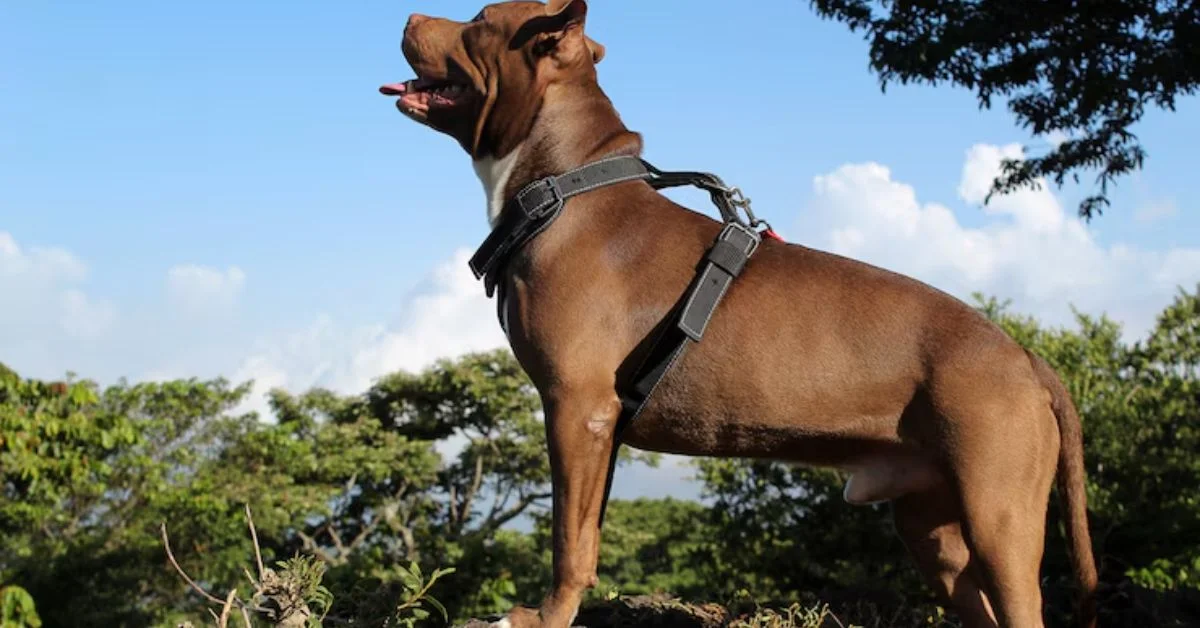The Hanging Tree Dog is a specialized herding and cattle dog bred for intelligence, agility, grit, and endurance. Not just another mix of popular breeds, this dog is the product of intentional breeding to create a canine capable of handling the harsh demands of livestock management.
Unlike more common breeds like the Border Collie or Australian Cattle Dog, the Hanging Tree Dog is uniquely American, with roots tied closely to real ranching needs. Its rising popularity isn’t fueled by dog shows or Instagram reels—it’s fueled by performance in the field.
Origins of the Hanging Tree Dog
The Hanging Tree Dog traces its lineage back to a deliberate breeding program developed by Texas cattleman Gary Ericsson. Frustrated with the limitations of single-breed cattle dogs, Ericsson sought to create a new kind of working dog—one that had the endurance to run all day, the courage to handle rough stock, and the intelligence to be trainable in complex herding tasks.
The breed is a combination of four dogs:
- 1/8 Catahoula Leopard Dog: Brings toughness and tracking ability
- 1/4 Border Collie: Offers intelligence and trainability
- 1/4 Australian Cattle Dog (Heeler): Adds grit and bite
- 3/8 Australian Shepherd: Delivers stamina and versatility
This mix isn’t random—it’s calibrated. Ericsson’s goal was a short-haired, athletic dog with high drive, loyalty, and the ability to work independently when needed.
Physical Characteristics
Hanging Tree Dogs are medium-sized, highly muscular, and built for speed and endurance. Their appearance can vary slightly due to the mix, but typical characteristics include:
- Weight: 40–60 pounds
- Height: 20–26 inches at the shoulder
- Coat: Short to medium, weather-resistant
- Color: Varies—merle, black, red, or mottled
- Ears: Semi-erect or floppy
These dogs are not bred for looks. Every physical trait serves a function—durability, maneuverability, and resilience in challenging environments.
Temperament and Intelligence
If there’s one thing consistent across Hanging Tree Dogs, it’s their mental acuity. These dogs are sharp. Not just in reaction time, but in adaptive reasoning. They learn fast, solve problems, and can anticipate the movement of livestock in ways that seem uncanny.
Temperament traits include:
- Boldness in facing aggressive cattle
- Strong desire to work—nonstop drive
- High alertness and situational awareness
- Deep loyalty to handler
This is not a couch dog. They need a job—every day. Without physical and mental stimulation, they may develop destructive behaviors.
Training and Socialization
Early Socialization
Start young. Expose your Hanging Tree Dog to various environments, people, and animals. Their intelligence makes them highly receptive to early training.
Obedience Work
Teach solid recall, sit, down, and stop. These are essential commands for controlling their drive.
Livestock Introduction
Work them on livestock under controlled conditions. Begin with calm animals before progressing to wilder stock.
Daily Mental Tasks
Training isn’t just about discipline; it’s enrichment. These dogs thrive on complex tasks like sorting, backing, and pen work.
Work Capabilities
The Hanging Tree Dog excels in various types of ranch work:
- Cattle Herding: Their aggressive yet calculated bite allows them to move stubborn cattle effectively.
- Sorting: They can isolate a single animal with precision.
- Loading Pens: Smart enough to navigate tight spaces and pressure zones.
- Long-Distance Movement: Stamina allows them to work all day across hundreds of acres.
They can also handle sheep and goats, though their bite might be too intense for sensitive stock unless trained carefully.
Living with a Hanging Tree Dog
Space Needs
These dogs require room. A fenced ranch or farm is ideal. Suburban homes are generally not suited unless the dog is actively working.
Feeding Requirements
Due to their energy output, they need high-protein diets. Working dogs may consume twice the calories of an average house dog.
Health Considerations
Generally healthy, though you should watch for:
- Hip dysplasia
- Eye issues (inherited from Aussie lineage)
- Skin allergies in warmer climates
Regular vet visits and joint supplements are advised.
Hanging Tree Dog vs. Other Herding Breeds
| Trait | Hanging Tree Dog | Border Collie | Aussie | Heeler |
| Boldness with Cattle | Very High | Medium | High | High |
| Stamina | Excellent | Excellent | High | High |
| Trainability | High | Very High | High | Medium |
| Aggression | Controlled | Low | Medium | High |
| Grooming Needs | Low | Medium | Medium | Low |
Is It a Recognized Breed?
The Hanging Tree Dog is not recognized by major kennel clubs like the AKC. However, it is gaining traction in working dog registries and among cattlemen’s associations. Registration is often done through working dog organizations focused on ability over appearance.
This lack of formal recognition isn’t a flaw—it’s a feature. The focus remains on performance.
Where to Get One
Hanging Tree Dogs are usually acquired through breeders who specialize in working lines. Reputable breeders will:
- Provide proof of lineage
- Allow on-site visits
- Offer working demonstrations
Prices can range from $500 to $2,000 depending on pedigree and training.
Ethical Breeding and the Future of the Breed
As demand grows, some fear the breed may suffer from irresponsible breeding. Enthusiasts stress the importance of:
- Health screening
- Working ability testing
- Controlled breeding programs
The goal is to maintain function as the defining trait.
Conclusion
The Hanging Tree Dog is not for everyone—and that’s the point. It’s a breed for those who need more than a pet: they need a partner. Bred from a blend of intelligence, grit, and endurance, this dog represents a modern frontier in working canine genetics. It is a living tool, a loyal worker, and a force of nature in the field.
For ranchers, farmers, and serious handlers, the Hanging Tree Dog offers something rare in the world of dogs: unfiltered utility fused with unmistakable spirit.
FAQs
1. Is the Hanging Tree Dog suitable for families?
Only if the family lives on a farm or ranch and understands working dog needs. Otherwise, they may become bored and destructive.
2. How much daily exercise does the Hanging Tree Dog need?
At least 2–3 hours of intense activity. Mental stimulation is equally important.
3. Can Hanging Tree Dogs be trained for agility or dog sports?
Yes. Their intelligence and athleticism make them excellent competitors in agility, dock diving, and even obedience trials.
4. Are they good with other animals?
With proper training and socialization, yes. But their herding instincts may kick in unexpectedly.
5. What age should I start training a Hanging Tree Dog?
Training should begin as early as 8 weeks. Early exposure and positive reinforcement set the foundation for advanced work.
For more information, click here.









